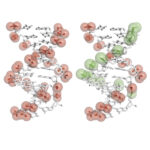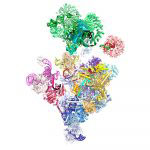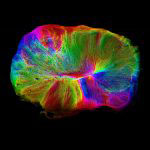
We are regularly reminded that a balanced diet is key to staying healthy and preventing disease. What is less well known is that the time at which we eat may also be an essential to long-term health.
Central to this are circadian rhythms – commonly referred to as ‘body clocks’. These are endogenous daily rhythms that occur in every cell of the body; affecting a wide range of physiological processes, from when we sleep, to hormone levels, to how quickly we metabolise drugs.




